
Balancing the Books: 11 Excellent Work–Life Balance Books
As we near a third year of life in a pandemic, working from home is basically the norm for those of us privileged enough to do so. But with that comes a blurred line between work and play, and a very messy work–life balance situation. When your office is just upstairs or on the dining room table, how do you keep yourself from logging in to finish something up at 9 p.m.? How are you supposed to handle the boss who expects you to answer emails at all hours of the day and night? What do you do when working extra hours for no extra pay becomes the norm? If one of your New Year’s resolutions is to better manage your time, enjoy your life, and find a work–life balance that works (heh) for you, dig in to any (or all!) of these work-life balance books to guide you there.
We’ve got you covered from all angles: the history of working for pay, the neuroscience behind creativity and productivity, the mindfulness around work, the importance of rest, and an antidote to the bullshit notion that we should be #blessed to be working at our ~dream job~ and accept the daily crying sessions as part of the grind.
Ahem. Let’s get to the best work-life balance books to fuel your change.
Books About Work–Life Balance
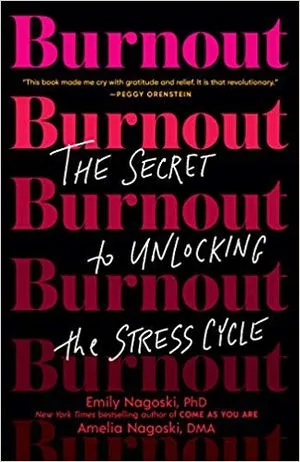
Burnout: The Secret to Unlocking the Stress Cycle by Emily Nagoski, Amelia Nagoski
Women are socialized to be givers — sufferers of “Human Giver Syndrome,” according to the Nagoski sisters — from the moment they enter the world. And it leads to burnout, especially in the home and workplace. Burnout focuses on the struggles of women in particular and how they can heal. I didn’t expect this book to speak directly into my soul, but, boy howdy, it did.

Do Nothing: How to Break Away from Overworking, Overdoing, and Underliving by Celeste Headlee
Do Nothing is a truly fascinating look at the history of work and productivity and capitalism. Celeste Headlee offers all the facts and then some suggestions for making your life a little more balanced with more resting and less overworking.
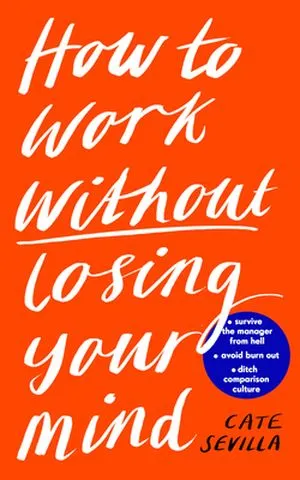
How to Work Without Losing Your Mind by Cate Sevilla
Cate Sevilla has worked at Google and other major corporations and start-ups, so she knows a thing or two about chaotic and stressful work situations. How to Work Without Losing Your Mind is an antidote to that style of work, offering lessons she’s learned about how to get through the workday and set boundaries for a better life.
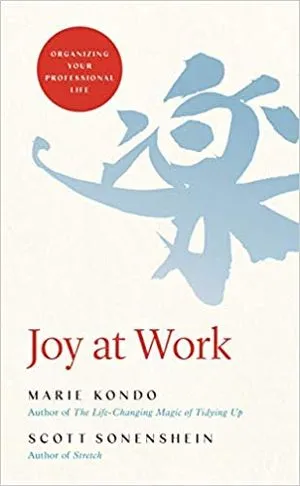
Joy at Work: Organizing Your Professional Life by Marie Kondō and Scott Sonenshein, Translated by Cathy Hirano
I don’t want to get all woo-woo on you, but decluttering your workspace can really have an impact on your work–life balance. Because you’ll probably feel less dread about going to your desk if it’s nice and tidy. So KonMari that pile of outdated files! Throw away the year-old cup o’ noodles in your drawer! Let your desk be a place of joy.
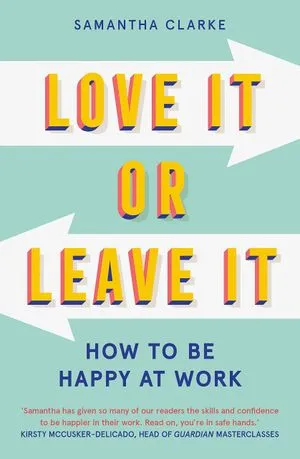
Love It Or Leave It: How to Be Happy at Work by Samantha Clarke
Love It Or Leave It is the culmination of all “work happiness” coach Samantha Clarke’s wisdom. The main goal is figuring out if you love your job or if you should leave it — and which steps to take for either course. It’s full of practical guidance on finding that oh, so elusive work–life balance.

Set Boundaries, Find Peace: A Guide to Reclaiming Yourself by Nedra Glover Tawwab
Nedra Glover Tawwab is a licensed counselor (and popular Instagram therapist) who just wants people to live their best lives. In Set Boundaries, Find Peace, she breaks down this self-help buzzword into real-life terms to establish healthy boundaries in work and relationships.

Out of Office: The Big Problem and Bigger Promise of Working from Home by Charlie Warzel and Anne Helen Petersen
Inspired by the COVID-19 pandemic, Out of Office takes a hard look at the outdated notion of 9 to 5 office work with brutal commutes and absurd schedules. Charlie Warzel and Anne Helen Petersen talked with workers and managers around the world to get at the meat of how to change the story: trust, flexibility, and equity for every employee level. A healthy work–life balance doesn’t mean a decrease in productivity; it means happier, healthier workers.
Bonus: Read Petersen’s Can’t Even: How Millennials Became the Burnout Generation for an informative and comforting take on millennials and burnout, from the history of the American economy and generational differences in parenting.
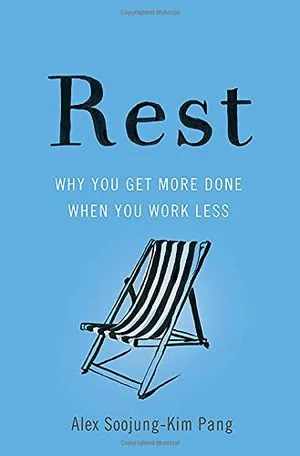
Rest: Why You Get More Done When You Work Less by Alex Soojung-Kim Pang
It’s easy to think work and rest are on opposite ends of the spectrum, but the truth is that work cannot be done well without rest. Alex Soojung-Kim Pang shares scientific research and examples from famous thinkers and artists on how resting — be it via literal sleep or a vacation — is the most important aspect of work in Rest.

Work Won’t Love You Back: How Devotion to Our Jobs Keeps Us Exploited, Exhausted, and Alone by Sarah Jaffe
Listen. That old “do what you love and you’ll never work a day in your life” saying is baloney. It’s why many of us are feeling burned out and exploited. Your work is not your family. Exposure doesn’t pay the bills. Sarah Jaffe eviscerates the notion of your job being “a labor of love,” or being driven by passion rather than pay. Work Won’t Love You Back is the book we all need in our lives if we want any semblance of a work–life balance.
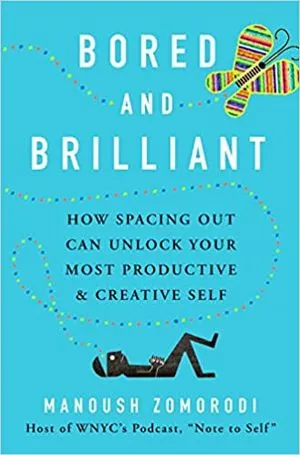
Bored and Brilliant: How Spacing Out Can Unlock Your Most Productive & Creative Self by Manoush Zomorodi
The intention of Bored and Brilliant isn’t directly about work–life balance, but the ideas about unplugging from technology to let your mind wander can easily be applied to the workplace. Try deleting work apps from your personal phone, or, at the very least, turn off notifications after 5 p.m. (or whenever your workday ends). Manoush Zomorodi bases much of the book in neuroscience and psychology, and also her own experiences, like realizing her lack of time in the day was actually because she played endless hours of mindless games on her phone.
If these work-life balance books aren’t enough for you, perhaps you’d like some fiction about work!











